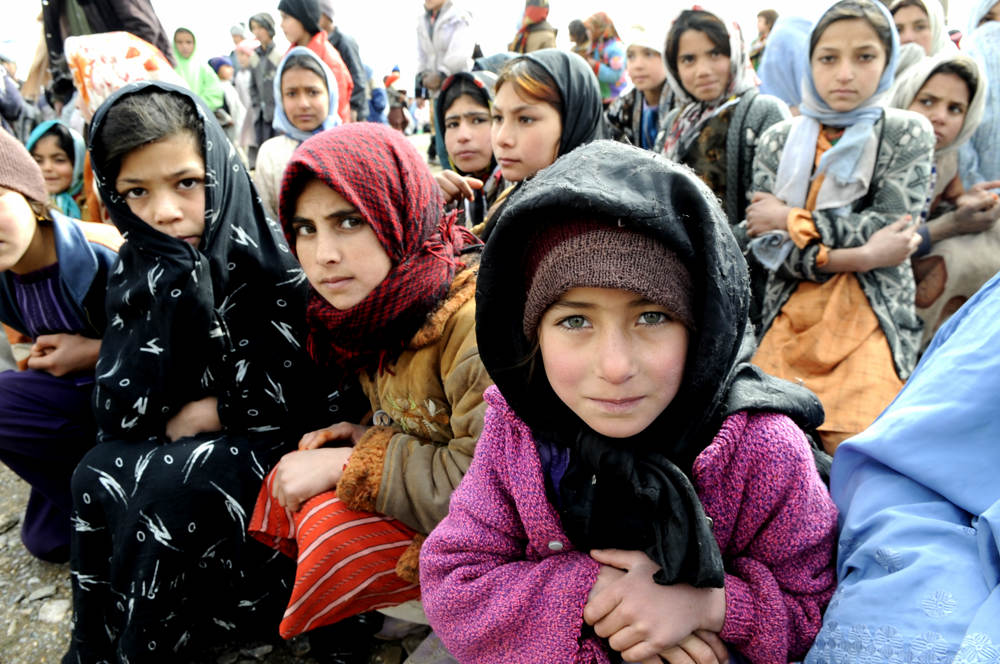Is Music therapeutic ?
Hey guys ! I’m back ! In my previous blog post I introduced my YATW issue, music being therapeutic for children with chronically ill diseases. I discovered that music has a huge affect on our brains, mood, and is very therapeutic. Click here. Blog Post 1
Since my first blog I found it’s not only therapeutic chronically ill children for treatment, but it’s beneficial for everyone. My knowledge on the cts music has on our brains has broaden. I’ve done research and surveys and I’m happy to share some of the information I found with you. At the end of reading my second blog post I hope you have learned a little bit more about how music is therapeutic for all of us.
I have found groups that go to hospitals and perform for the children and teaches them how to play certain instruments. Such as the “Ryan Seacrest Foundation” and another organization “The Group & Entertainment volunteer Program”. The second organization particularly visits Children Hospital of philadelphia. I interviewed a Registered Nurse. The office she works at is located at 34 st. and civic center boulevard. I asked her a few questions regarding the topic. Below is a link with questions she was asked, along with her answers. This interview really helped me to see inside the hospital world. I got to see more than just the surface.
click here. Interview
To further my understanding about how music affects the brain I looked at some neurology experiments, and test. I found that music improves visual skills, language skills, and thinking skills. One study said that ”Both music and written language involve formal notation reading from left to right; music notation consists of symbols that represent information about sound and time and speech requires attention to the temporal order of rapidly changing acoustic events.” Another study said that” There are two types of emotions related to music; perceived and felt emotions.” It’s saying that we can understand the emotion of a piece without feeling it, which explains why some people enjoy sad songs with low tempo. I found these facts very interesting.
( This is a diagram of certain areas in the brain that our used when we listen to music. )
Finally to see what others thought about music and it’s effects I made survey for the students in English 1. The results help me to see everyone listens to music! Sometimes different genres. They listen to music through the day, when they're stressed or need to focus. To relax or even to past time. The results from the survey can be found below.
Click here. Survey
Making a survey, interviewing and researching has all help me to further my knowledge about my YATW issue. I got to see how different types of people think about music and how it affects them by making a survey. When interviewing, I got to see a different view of things through a Registered Nurses eyes.The research was very insightful and made me feel comfortable with the topic, and I can inform others. My personal opinion about my YATW issue is that music is very influential on the brain and can be used as a form of therapy. I used to play the clarinet and being able to read notes made me feel like I spoke a different language, the language of music. It felt good it was a way to go to your own world for a minute. Even though I don’t play my instrument anymore, I still get away when I listen to my music. So, I truly believe music is a form of therapy and changes your mood. Everything in the world has a beat, walking, running, your heart even has a beat.
For my Agent of Change part 3 I’m thinking about volunteering at Children's hospital. To read books to the children that are immobile and can’t get out of bed. There bodies might be immobile but their imagination are not. Their imagination can go anywhere it wants. They shouldn’t be robbed of their childhood because of imperfection. Whatever helps the children get in better spirits, I’m willing to do it. An alternative option would be to join an entertainment program like the “The Group & Entertainment volunteer Program”.
Thanks for reading ! Can't wait to share my next adventure with you !
Click here. Annotated Bibliography


